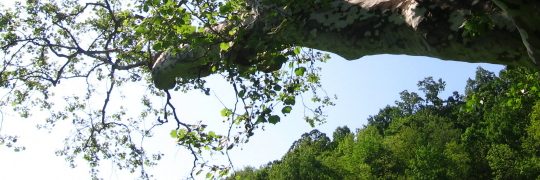or maybe just the bare skin. Since we made the decision to move to West Virginia (and in some ways before that, while we were contemplating), we had been stripping things away.
The summer before we retired, once we knew we were selling our house, we packed away all the knick-knacks. We have tried not to accumulate things. We try to get local and useful things to take home from a trip rather than souvenirs. But we like having visual reminders of family, friends, places, history, so there were fossils, shells, sticks, driftwood, rocks and pebbles, knick-knacks from our parents and grandparents, art by friends and our children now grown. We packed them all away. We went through everything else and made many trips to Goodwill.
When we first came to the new old house, we brought a minimum of stuff. A table, four chairs (the kids were coming for Thanksgiving), sheets, towels, and old wool comforter, a few old pots, an iron skillet, a set of dishes and a few glasses. I mixed the buckwheat pancakes in a mug. We slept on the floor for two months while we pulled up the carpet and had the floors stripped and refinished. Since we moved the furniture and books in January, we haven’t unpacked the art or the knick-knacks. The windows and the floors are still mostly bare.
We spent the winter stripping the wallpaper in the library (6 layers) down to the plaster so we could put up the bookshelves and unpack the books. Now we have a multi-media closet in the 1920s room, with the stereo, file server, albums and CDs. Only the television is visible.
Last spring, the writing and most everything else gave way to pulling English ivy and garlic mustard. Robert spent weeks picking up sticks and trash and consolidating the brush and log piles from everywhere on our half-acre. We uncovered an ornamental pond surrounding by a stone path. I found and uncovered a three-foot bluestone path at the bottom of the yard, along the retaining wall. The yard felt like The Day of the Triffids but we kept it beaten back. The city yard trash pickup guys honked every time they went by – we must be the only ones keeping them in business.
By July, I had tendonitis in both hands, and was saying “There are not enough hours in the day, and I need a vacation ;-)”
So we rested. Having stripped away our old stuff, and taken the house and garden down to the skin, we have been stripping way some old thoughts, too. We spent the summer with visitors and with ourselves, enjoying the mountains and our new home, not doing much, but contemplating the possibilities.
39.280645
-80.344534


